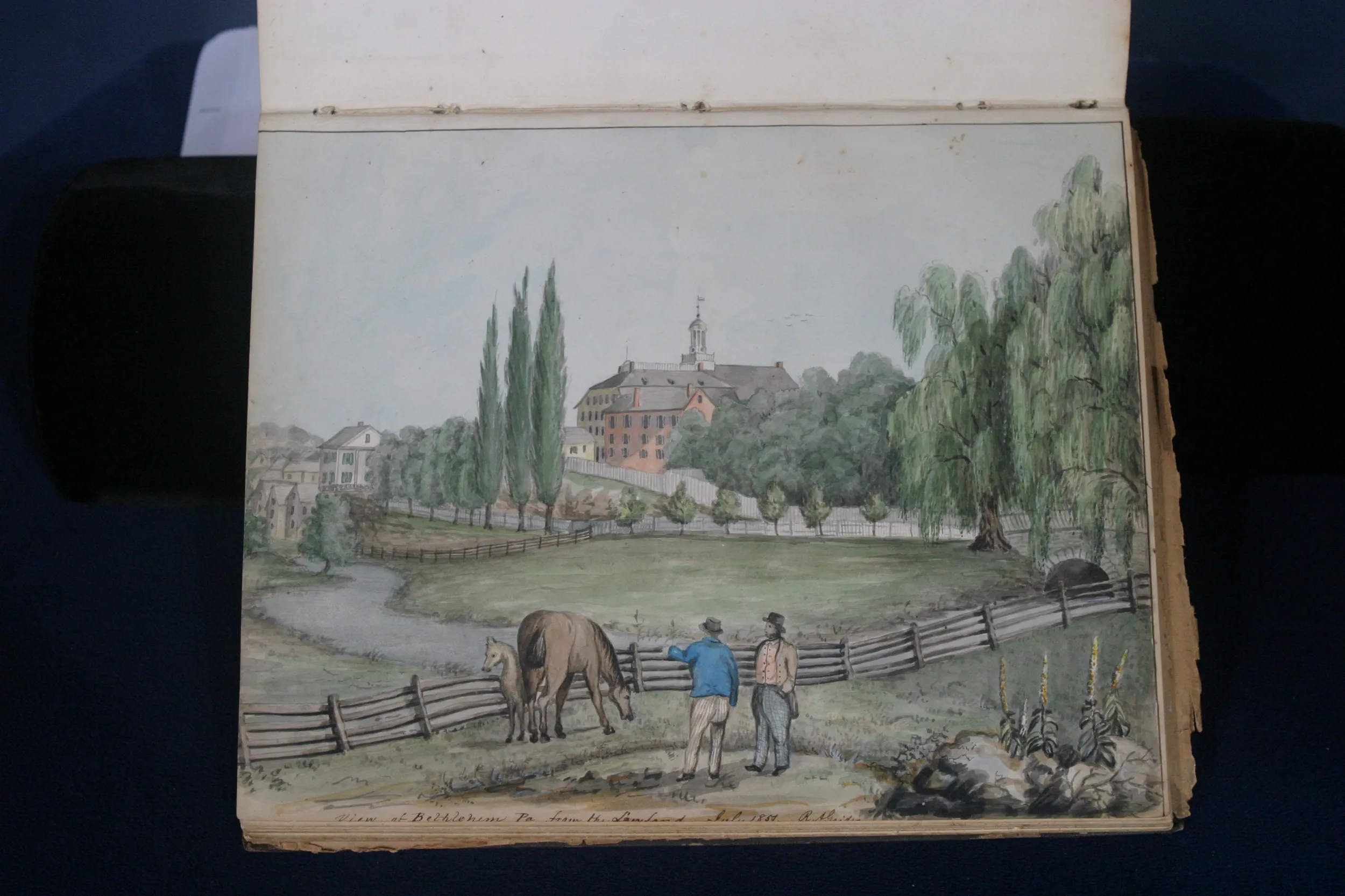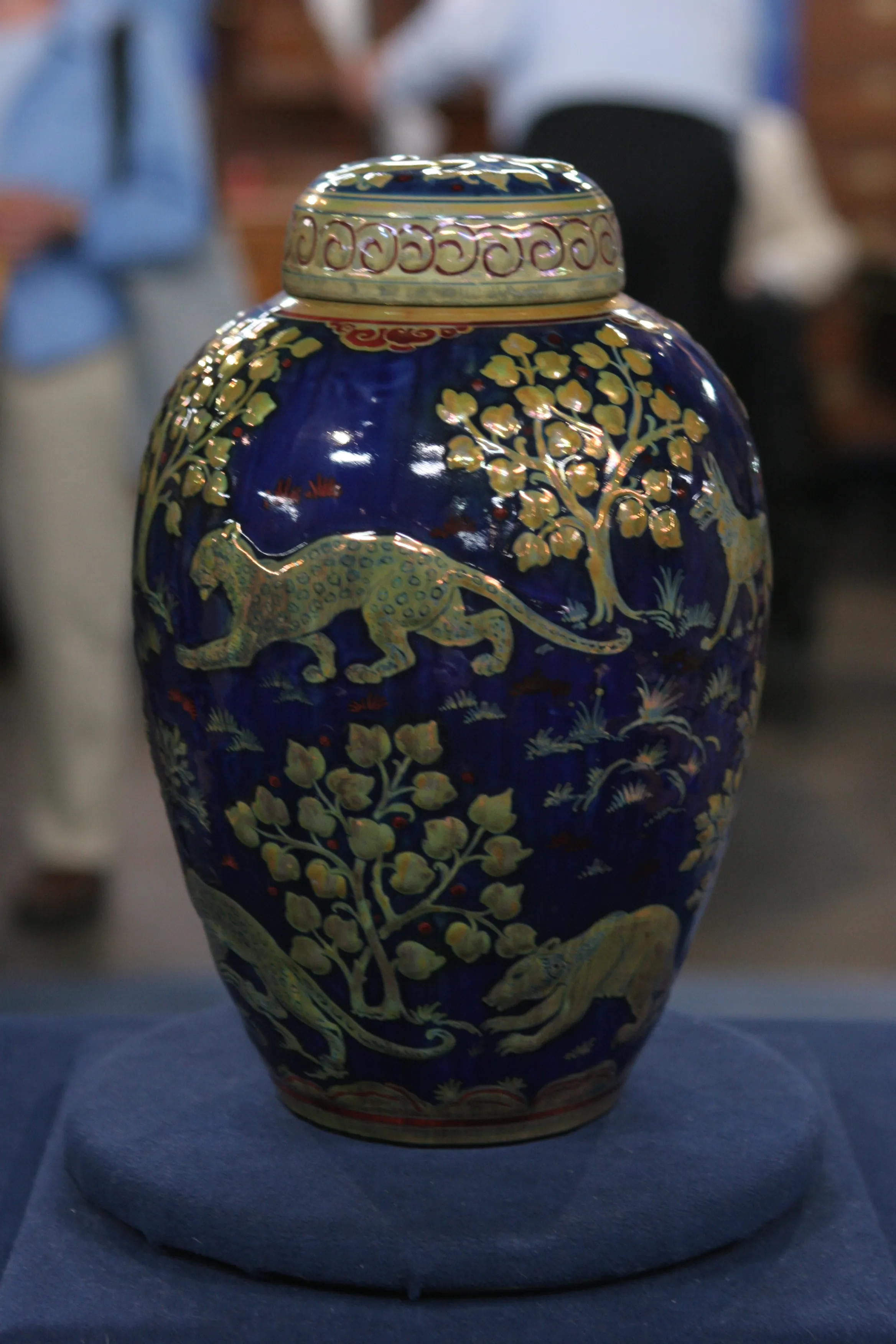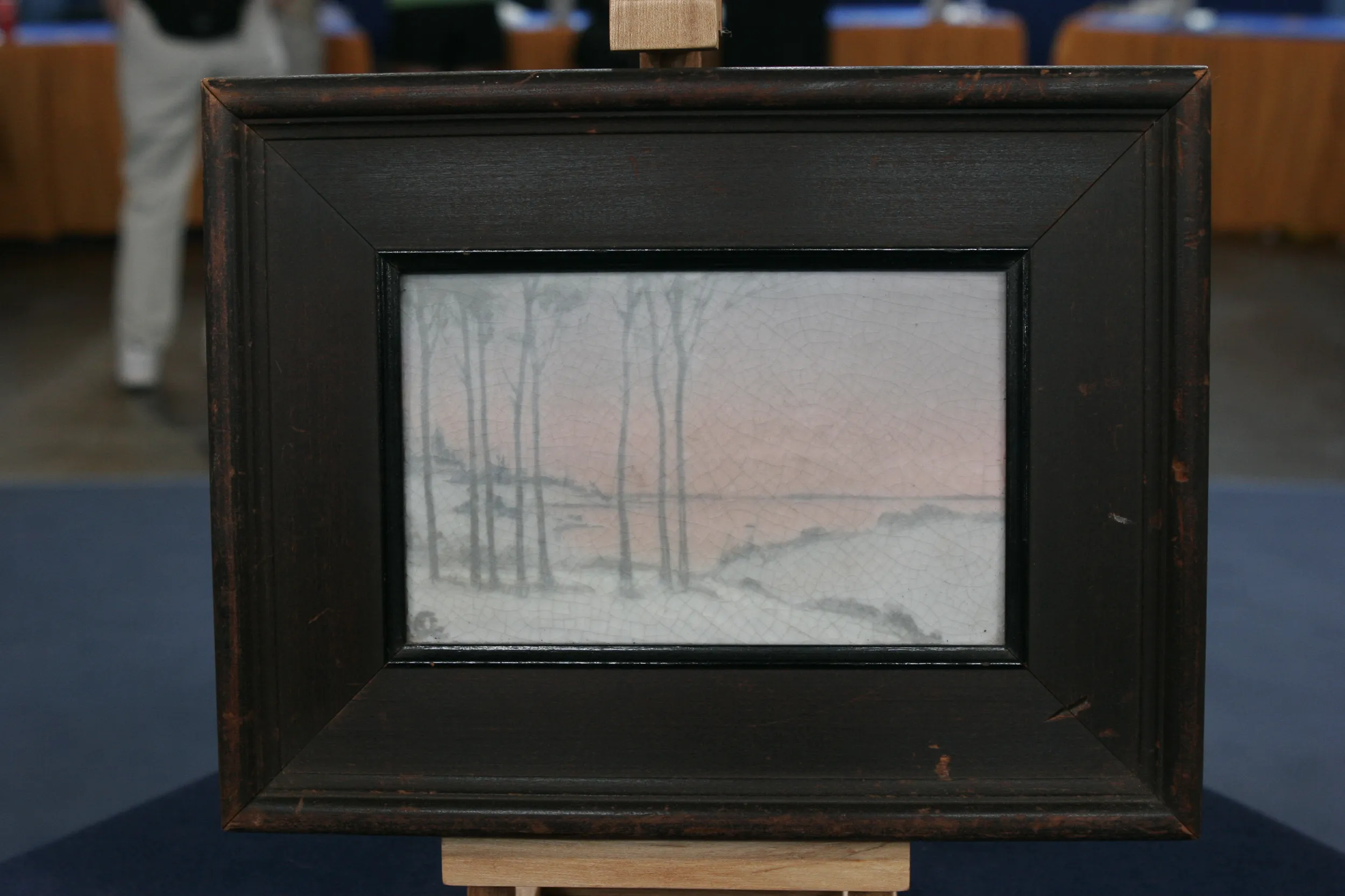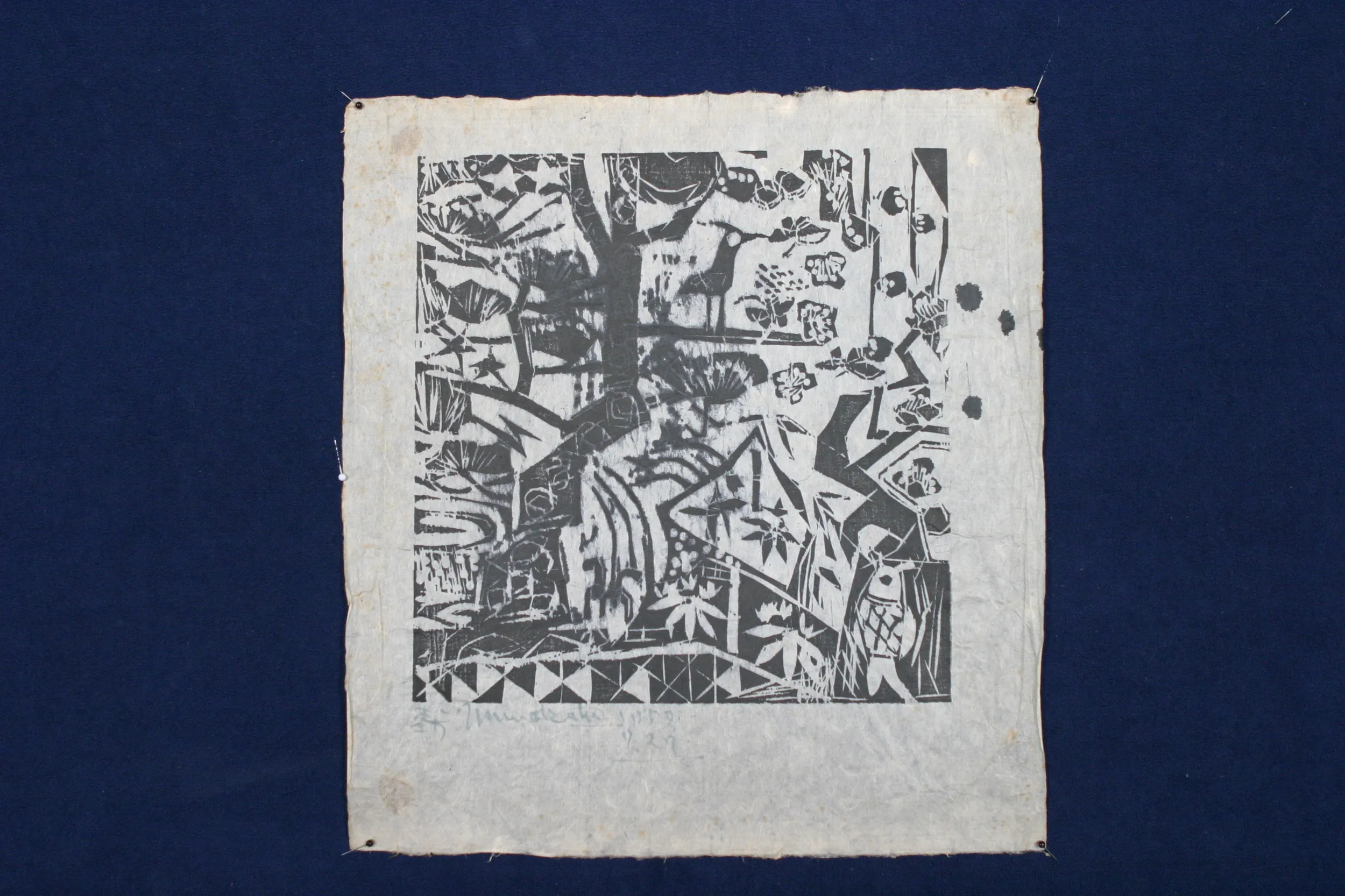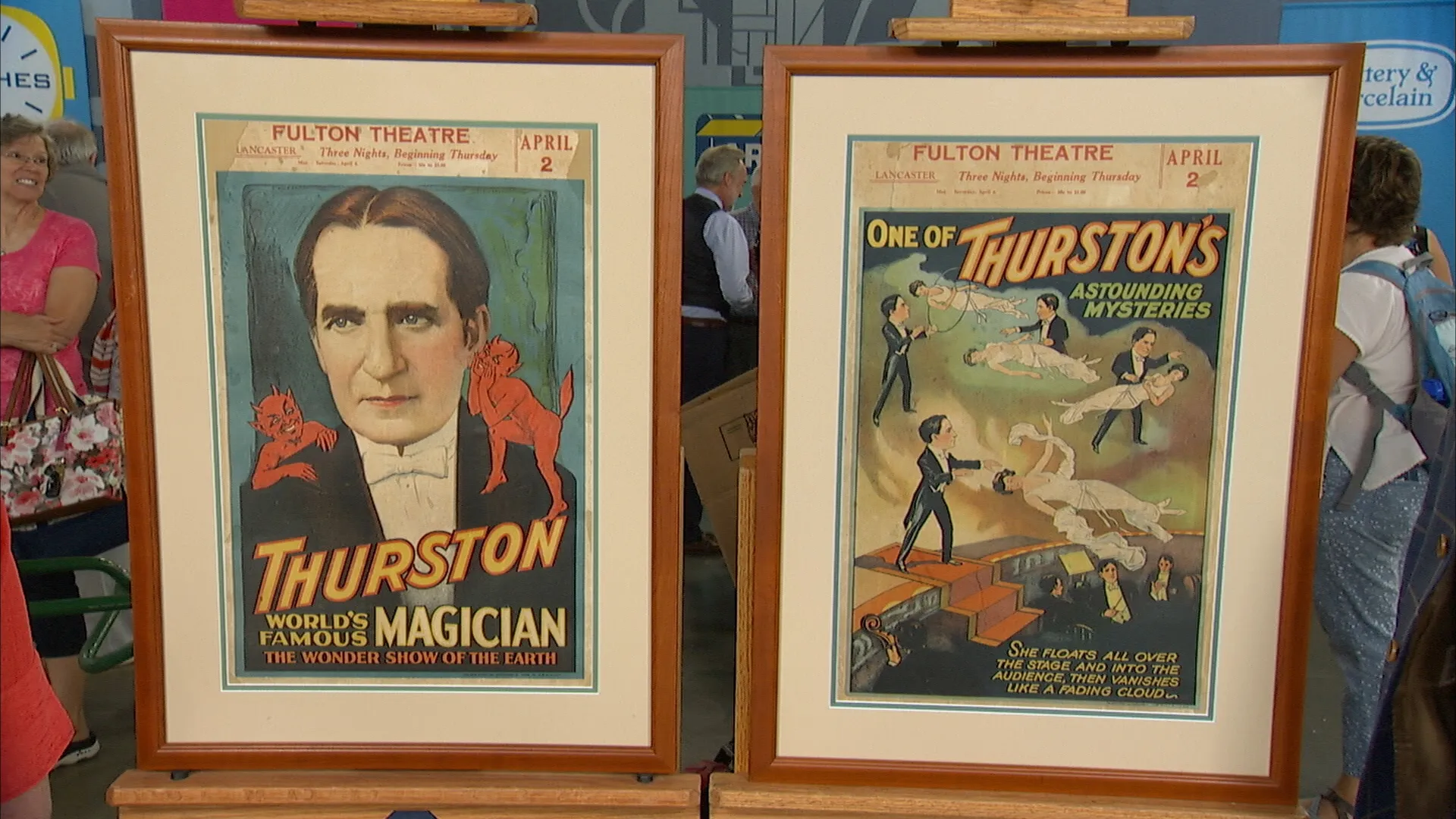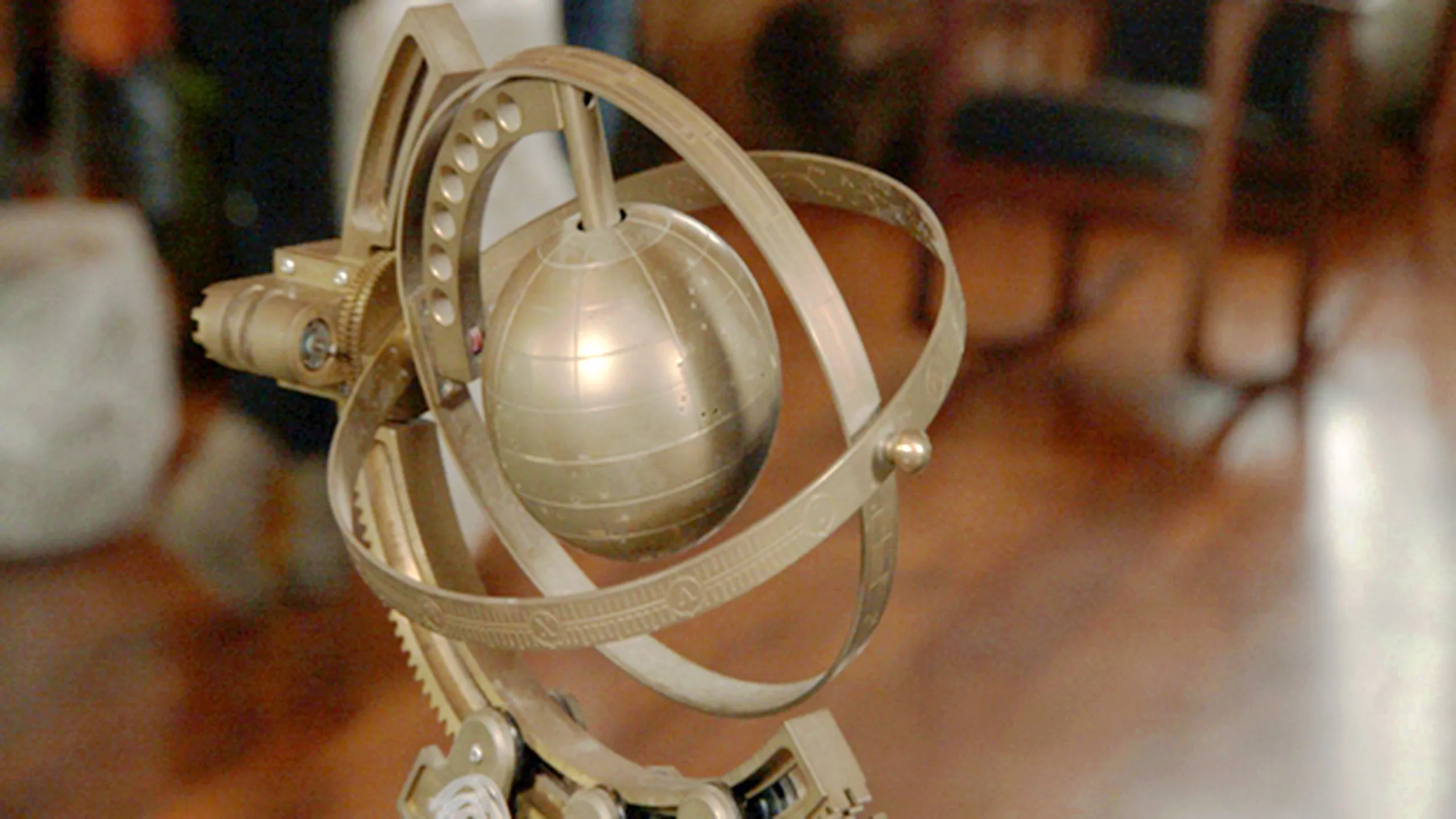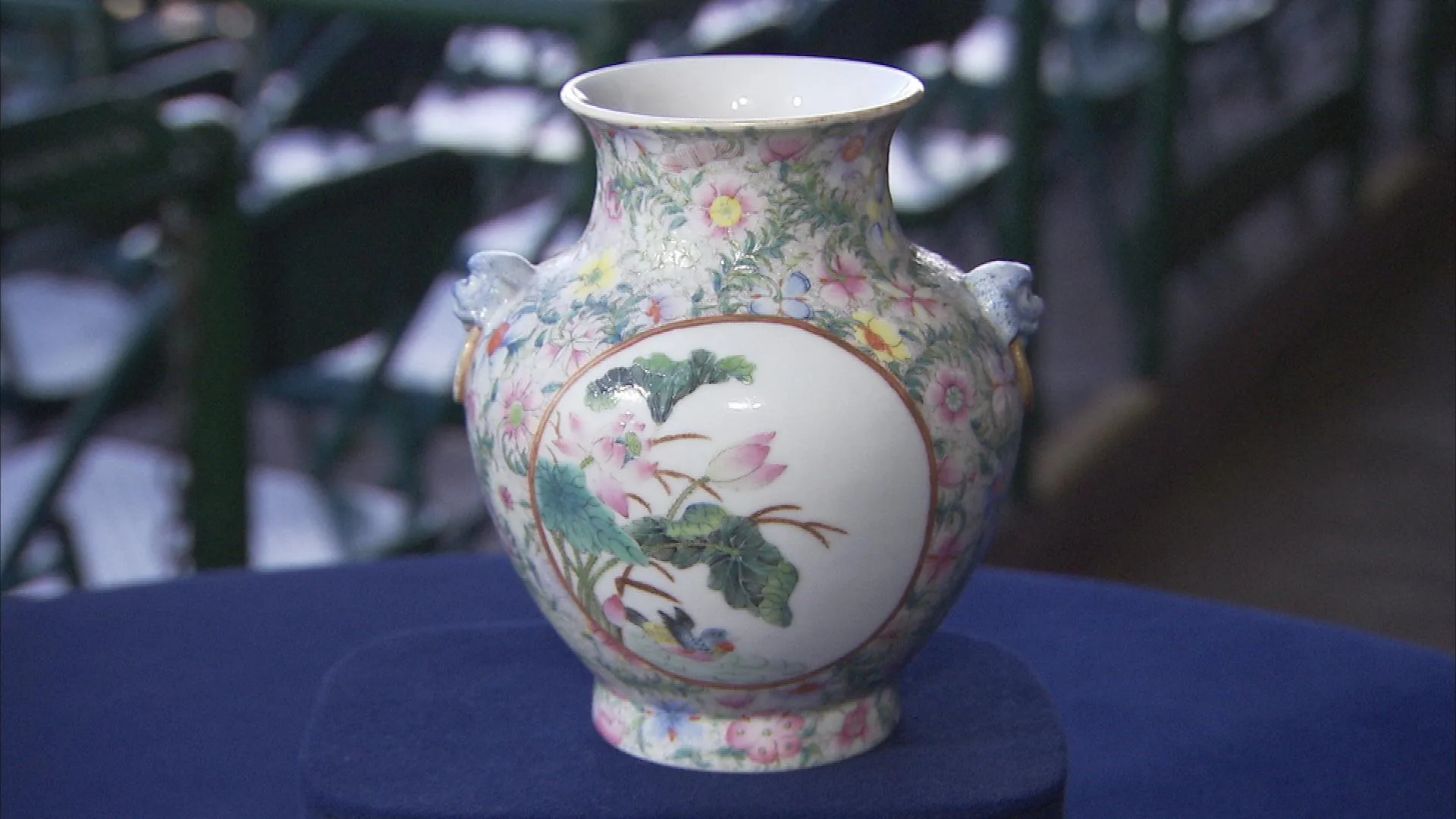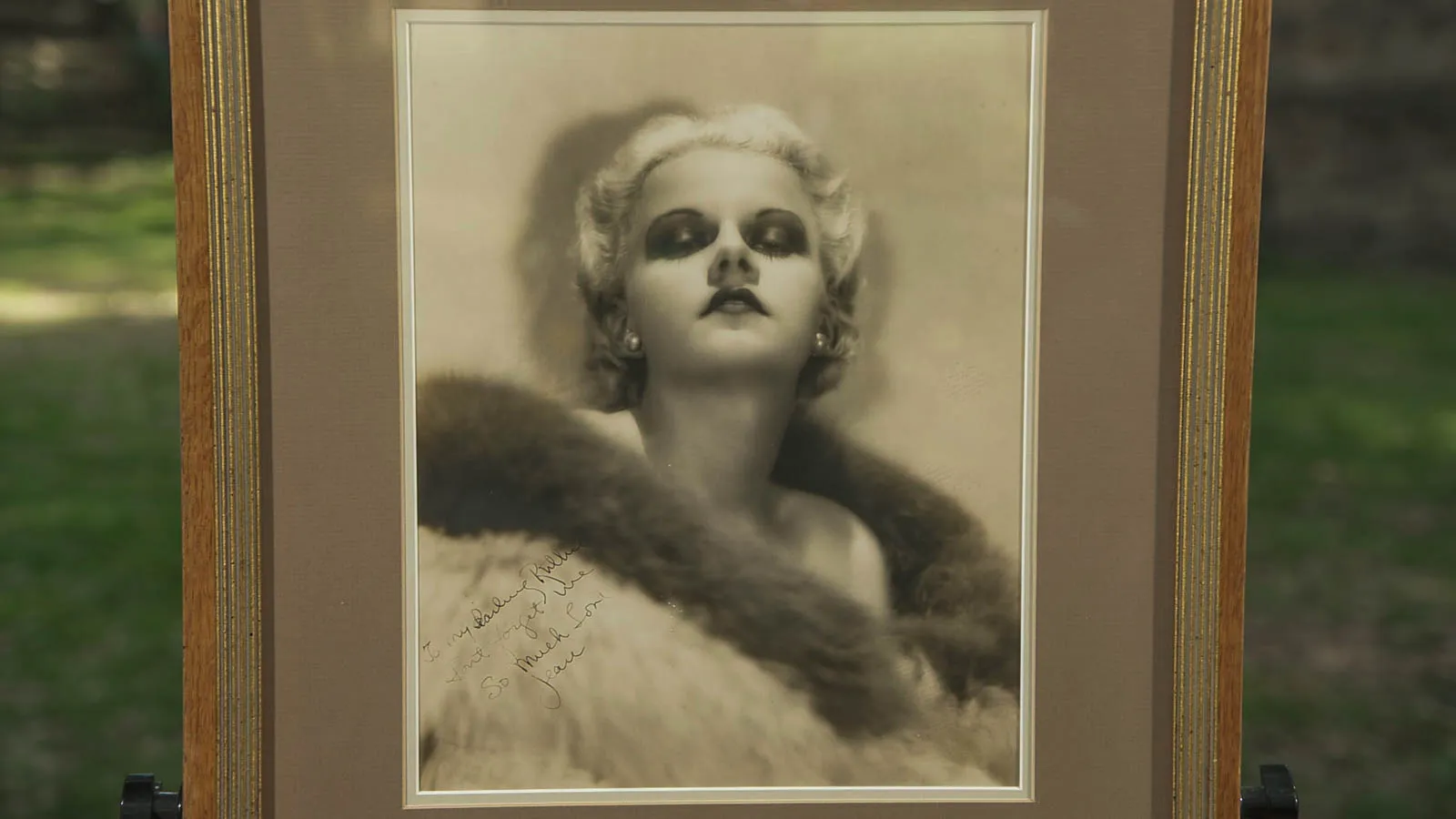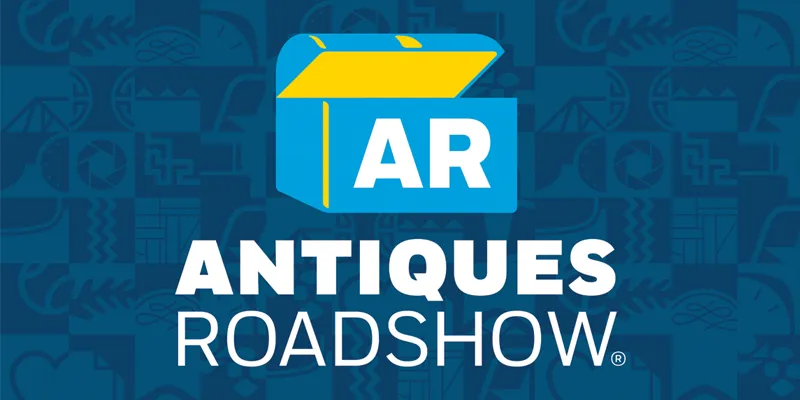Nicholas Visscher Map of Americas, ca. 1680
GUEST: This map has been hanging on the wall in my mother's house most of my life. I spent hours looking at it as a child, and after she died, it started hanging on the wall in my house. She bought it at some point when I was probably a young child.
APPRAISER: Do you have any idea what your mother would have paid for this map?
GUEST: I have absolutely no idea. I don't even know where she bought it.
APPRAISER: Can you tell me what you like about it?
GUEST: Well, I know that one of the reasons my mother was interested in it is that it is a very old depiction of the part of Texas that I grew up in and that we lived in with very different river names, a completely different conception of what the part of the world looked like. Also, it's an incredibly detailed map. It's got all these names on it, and as a child I was fascinated by just the detail. And the fact that it's wrong.
APPRAISER: This is a map by a man named Nicholas Visscher and he was Dutch and the map is from the second half of the 17th century. 1670, 1690, in that kind of period. And that's when the Dutch were making the most beautiful maps in the world. And you can see, the decorative elements are wonderful on it. It's got these wonderful merpeople down here, it's got some great cherubs, putti up here. It's got some sailing ships. It's got these great engravings of Indians in canoes along the East Coast, but in map collecting, a lot of times it's what's wrong about a map that makes it interesting. And this map happens to be particularly good because it has three pretty big errors. One of the most famous errors, amiss as they were about American geography, was Dorado-- El Dorado, the Golden City. Well, the Golden City was a city the Spanish thought existed in the northern part of South America, and Sir Walter Raleigh's captain-- one of his captains-- captured a Spanish map that showed this, and that happens to be right down here. It says "Manoa or El Dorado." This huge lake here, that was part of the same myth. They appeared on maps for awhile. They finally realized there was no Golden City up there, so it disappeared, but the lake stayed. And the lake actually stayed until the 19th century until finally von Humboldt went up into that area and he went looking around and said, "There's no lake here!" and it finally disappeared from maps. The El Dorado. Actually, Sir Walter Raleigh lost his life. He kept saying, "I've got this map of El Dorado. I can go get you these riches." And James wanted the riches, so what he said was, "Okay, you go down, but don't get in a fight with the Spanish." He got in a battle with the Spanish and James said, "That's it, back in prison," and cut off his head. Another interesting myth is up here in the southeastern part of the United States. That is a lake from Florida. It actually belongs down here. And a cartographer, when he put a couple maps together, moved it up there. And once it appeared on the map, it continued to appear on a map. Also an interesting myth for this region. You see this very big river system here. That's where the Mississippi should be, but when de Soto in the 1540s was going along in the southern part of the United States, he started down here and kind of went up and then down, and then up and down, he kept running into hills along here. So you can see, there's this huge mountain range that goes right across, which doesn't exist. There are mountains in there, but not like that. Well, with that mountain range, there's no room for the Mississippi. They drew in a whole bunch of smaller rivers so that you come out with the big gulf of the Mississippi. This map in this kind of condition in a retail shop would sell for about $1,800. The thing that would really enhance the value-- and I hate to say this-- is if you actually added color. Although that may be original color, it's so faded that it's kind of almost not there. If it was fixed up, had a little brighter color, it would probably sell for a little more than that. But that's a pretty good, strong price for a fascinating map of America.
GUEST: So interesting, just fascinating.

$1,800 Retail
Featured In

episode
Fine Art
Understanding Our Appraisals
Placeholder
